I want to utilize the below circuit to power a 12volt fan with the components listed. I'm concerned though because when I tried to do this with a resistor, the resistor got -very- hot. I understand why but if I utilize the transistor will it cause it to heat up? Does utilizing the transistor result in a more efficient use of power with less heat loss?
Thank you
Circuit diagram and tutorial from here: http://www.instructables.com/id/Use-Arduino-with-TIP120-transistor-to-control-moto/

